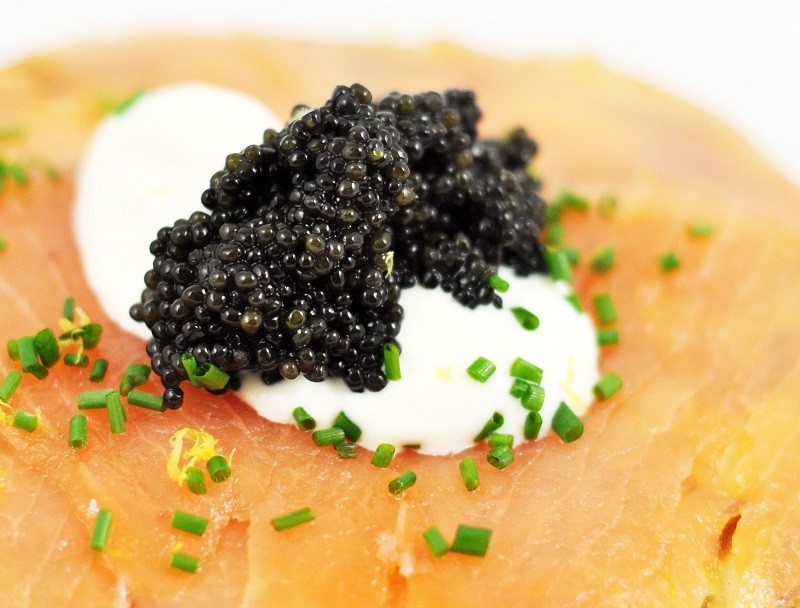Caviar, often referred to as the “food of kings,” is a delicacy that has captured the hearts and palates of food enthusiasts around the world. This exquisite treat, known for its unique flavor and luxurious reputation, has a fascinating journey from the depths of the sea to your dining table. In this article, we will take you through the various stages of caviar production, exploring the meticulous process that transforms sturgeon eggs into the coveted pearls of the culinary world.
The Caviar Odyssey: From Sturgeon to Your Dining Table
1. The Prized Sturgeon
At the heart of the caviar journey lies the sturgeon, a prehistoric fish species that has been around for millions of years. Sturgeon are primarily found in the Caspian Sea, the Black Sea, and several major rivers worldwide. These fish can grow to impressive sizes, with some individuals reaching lengths of over 15 feet. However, it’s not just their size that makes them special; it’s their roe (eggs) that are the star of the show.
2. Harvesting the Roe
The process of obtaining caviar begins with the careful extraction of sturgeon roe. This delicate procedure is carried out by expert fishers who have mastered the art of preserving the eggs’ quality. Sturgeon are gently captured, and their eggs are carefully removed to minimize any damage.
3. The Grading Process
Not all sturgeon caviar roe is created equal. After extraction, the caviar undergoes a meticulous grading process. Each batch is examined for color, size, texture, and flavor. Caviar is categorized into different grades, with the highest-quality caviar earning the “Grade 1” label. These eggs are larger, firmer, and possess a more refined flavor.
4. The Salting Process
Salt plays a crucial role in caviar production. It acts as both a preservative and a flavor enhancer. After grading, the caviar is gently salted to enhance its taste while ensuring its longevity. The level of salt used can vary depending on the desired flavor profile, with some producers adding a touch of creativity by infusing caviar with unique ingredients like truffles or champagne.
5. Packaging and Preservation
Preserving caviar’s freshness is paramount. Once the salt is properly infused, the caviar is packaged in airtight containers to prevent exposure to air and light, which can degrade its quality. These containers are then refrigerated to maintain the caviar’s pristine condition.
6. Distribution and Global Demand
The journey of caviar extends across continents, with demand for this luxurious delicacy reaching far and wide. Caviar producers ship their precious cargo to markets worldwide, where it finds its way onto the menus of top-tier restaurants and into the homes of gourmands looking to savor the ultimate culinary experience.
7. Enjoying Caviar
Caviar is often served in a traditional manner, accompanied by blinis or toast points and garnished with sour cream, chives, or finely chopped onions. The delicate pearls burst with flavor on your tongue, delivering a rich, slightly nutty taste that is both indulgent and unforgettable.
Read Also: Mozart’s Pumpkin Spice Chocolate Liqueur Debut
8. Ethical Considerations
As caviar’s popularity has grown, so have concerns about the sustainability of sturgeon populations. Overfishing and illegal poaching have posed significant threats to these magnificent fish. To address these issues, conservation efforts and sustainable farming practices are being adopted to ensure the long-term survival of sturgeon and the availability of high-quality caviar.
In conclusion, the journey of caviar from sturgeon to your dining table is a captivating tale of craftsmanship, precision, and dedication. This luxurious delicacy, born from the depths of the sea and nurtured by the hands of experts, has enchanted food lovers for centuries. As you savor each exquisite bite of caviar, you can appreciate the meticulous journey it took to reach your plate, making it not just a meal but a true culinary masterpiece.








